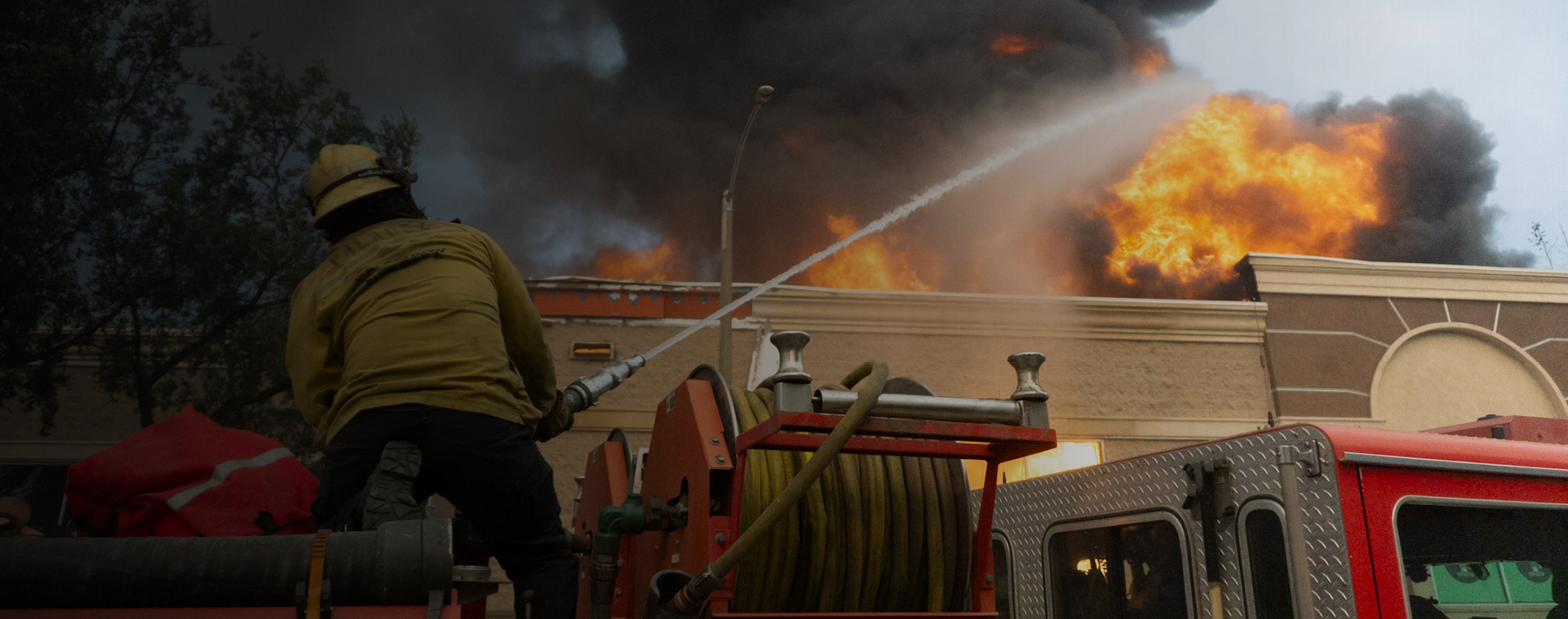This article presents the facts about incidents of violence toward EMS providers. Included are various patient scenarios as well as current trends contributing to the violence and possible solutions.
Emergency medical services (EMS) agencies respond to more than 40 million calls for service annually. Every year, EMS workers treat over 22 million patients in the United States. Because of the nature of their service, emergency medical technicians (EMTs) and paramedics experience some of the highest rates of work-related injuries, illnesses and fatalities in the country. In fact, the injury rate for EMS workers is about three times the national average for all occupations, according to the Bureau of Labor Statistics.
Violence Against EMS Providers
Every day throughout the U.S., EMS responds to over 100,000 calls for help. EMS responders face threats to their safety on a daily basis as they answer calls for help in their community. Because of the nature of the interactions, some of these encounters will inevitably turn violent. Here are some common scenarios they encounter:
- Agitated or intoxicated patients: EMS regularly responds to patients who are disoriented, aggressive or under the influence of substances. These situations can escalate quickly and pose risks to EMS personnel.
- Domestic violence calls: Incidents involving intimate partner violence can be emotionally charged and potentially dangerous.
- Mental health emergencies: When treating someone with a psychiatric condition, it’s not uncommon for patients to become violent due to their mental state.
- Large-scale emergencies: Situations involving mass casualty incidents, riots or civil unrest can be chaotic and unpredictable, creating risks to EMTs.
A comprehensive review of studies on the impact of workplace violence on healthcare providers concluded that physical and verbal assault are major health and safety issues for EMS personnel. A NAEMT survey did not find a significant gender difference in the rate of assaults, although slightly more men than women reported having been assaulted. Nearly 70% of men reported having been physically assaulted, compared to 62% of women. In addition, 92% of male EMS practitioners reported verbal assaults, compared to 88% of women. Also, 80% of EMS workers reported a work-related physical assault. Clearly, violence against EMS workers is a real struggle in the U.S. today.
If your agency lacks the financial resources to implement solutions to mitigate violence against EMS, various grant options are possible.
Impact of the Opioid Crisis on EMS
The opioid epidemic has exacerbated the assault risk to EMS providers. Provisional data from the CDC’s National Center for Health Statistics indicate there were an estimated 100,306 drug overdose deaths in the United States during the 12-month period ending in April 2021. This is an increase of 28.5% compared to 78,056 deaths during the same period the previous year. The CDC also reported that overall, the age-adjusted rate of overdose deaths nearly quadrupled from 8.2 in 2002 to 32.6 in 2022.
Opioid overdose patients often are not breathing or have already gone into cardiac arrest, making these emergencies a top priority for responding EMTs. But first responders are at risk just like their patients. Once on scene, they can be exposed to communicable diseases, contaminated needles and heightened tension due to the illicit nature of the substance use.
To address the health risks associated with responding to overdose calls, the DEA published “Fentanyl: A Briefing Guide for First Responders.” In it, the DEA recommends that all first responders have an individual PPE kit, which includes nitrile gloves, N-95 masks, sturdy eye protection, paper coverall and shoe covers, and naloxone injectors.
Possible Solutions
Violence against EMS practitioners has been documented in news reports and studies throughout the last decade, emphasizing the need for stronger agency policies and better protection and training to address these incidents. Many states have laws that stiffen penalties for assaults committed against EMS providers. To help mitigate the risk of assault or injury, EMS providers can use several tools and equipment to enhance their safety during violent incidents. Here are some key items:
Body Armor and Protective Gear:
- Ballistic vests: These vests provide protection against firearms and sharp objects.
- Body-worn cameras: To record patient interaction and keep patients and bystanders accountable for their actions.
- Stab-resistant vests: Designed to prevent punctures from knives or other sharp objects.
- Helmet and eye protection: Helmets protect the head and brain, and eye protection shields against debris and assaults.
Communication Devices:
- Two-way radios: Reliable communication is essential for coordination during emergencies.
- Personal alarms: Devices that emit loud sounds can be used to disorient attackers and alert others in case of an attack.
Self-Defense Tools:
- Tactical flashlights: Can be used for ultra-bright illumination to disorient attackers as well as impact weapons for defense.
- Pepper spray: Oleoresin capsicum (OC) spray can be highly effective for deterring and/or incapacitating aggressors.
Training and Education:
- De-escalation techniques: Training in verbal techniques to defuse tense situations.
- Self-defense training: Learning physical techniques to protect oneself.
- Situational awareness: Training to recognize potential threats early.
Need ARPA and opioid settlement funds? SCHEDULE CONSULTATION
Grant Solutions for Gear, Tools and Training
EMS providers face significant risk in the line of duty. By conducting thorough threat assessments, employing strategies for provider safety and utilizing protective measures, agencies can help reduce violence against EMS responders while continuing to deliver critical medical care.
However, none of these solutions are free (or cheap). If your agency lacks the financial resources to implement the above-mentioned protective solutions, various grant options are possible. Examples of available grant opportunities include: the Assistance to Firefighters Grant Program, state EMS grants, community foundations and private foundations. There are also grant resources aligned with specific training and equipment requests.
For those needs directly related to the ongoing opioid crisis, opioid settlement funds might also help mitigate the funding challenges.*
Not sure where to start? Lexipol’s team of expert grant writers, researchers and project managers can help your agency through custom grant solutions geared toward getting your department the funds it needs to meet its safety and wellness mandates. Depending on your needs to increase provider safety, Lexipol can research applicable sources and assist with the documentation necessary to secure the funding.
* A specific core strategy, as outlined in Exhibit E (Opioid Abatement Strategies), documents training and support for first responders and thus could be a funding solution to fund projects related to harm reduction and first responder training.



